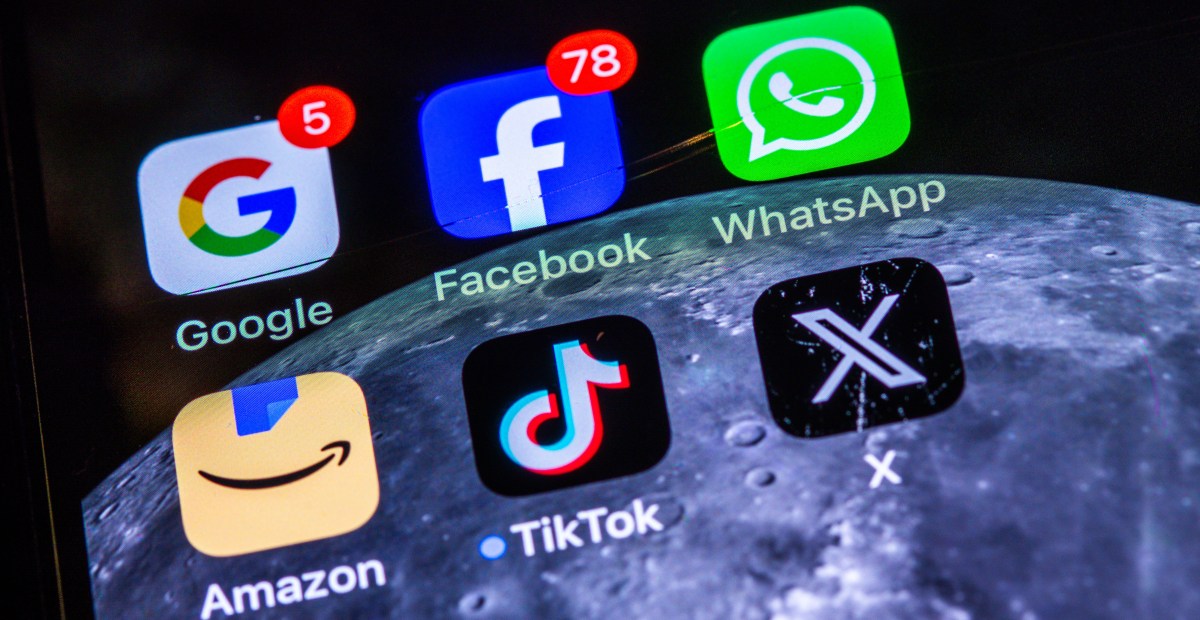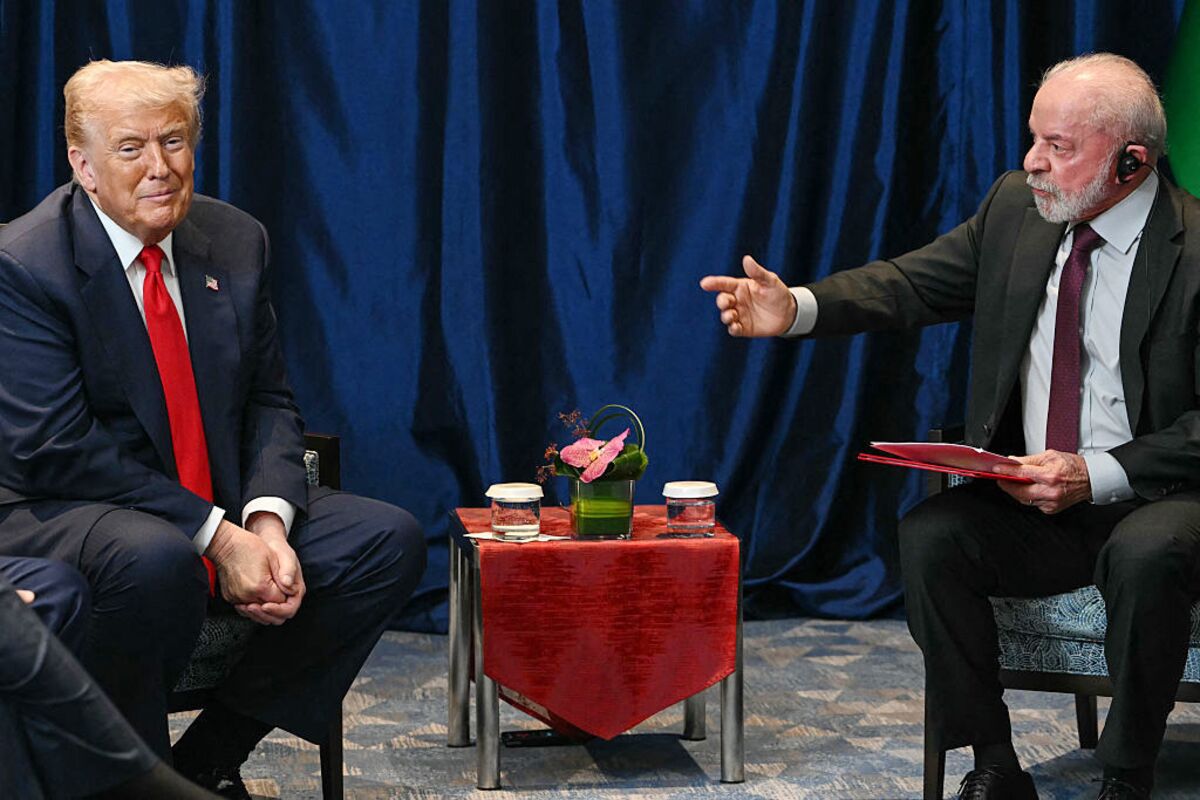TikTok and airlines have something in common with your search engine, your grocery app, and (increasingly) your car: They start out great, lock you in, and then quietly get worse while you keep using them. That very familiar decline now has a catchy name: “enshittification.”
Cory Doctorow has been writing about this for decades as a journalist, activist with the Electronic Frontier Foundation, and science-fiction author. His new book, Enshittification: Why Everything Suddenly Got Worse and What to Do About It, is a field guide to how platforms decay, why they get away with it, and what it will take to reverse course.
I invited Doctorow onto The Gray Area to map the lifecycle of a platform, explain the policy choices that made today’s tech feudalism possible, and outline the structural fixes that could make the internet (and the economy around it) less extractive and more humane.
As always, there’s much more in the full podcast, so listen and follow The Gray Area on Apple Podcasts, Spotify, Pandora, or wherever you find podcasts. New episodes drop every Monday.
This interview has been edited for length and clarity.
What is “enshittification”? Give me the cleanest definition.
At the descriptive level, it’s a pattern in how platforms go bad. First, they’re great to end users. Then they find ways to lock those users in — switching costs, network effects, contracts, DRM — and once users are stuck, the company makes the product worse for them to extract more value. Next, they use that surplus to woo business customers (advertisers, sellers, creators), lock them in, and start making the product worse for the business side too. Eventually, everyone is trapped and the platform turns into a pile of crap. You can see this in places as different as Google, Facebook, Uber, and Amazon.
The more interesting question is: Why now? Greed isn’t new. Venture capital isn’t new. What changed were the constraints on firms, especially the degree of competition and the legal environment that lets platforms “twiddle” the experience for each user, while blocking users and rivals from pushing back.
When did the “great enshittification” begin? Can you put a stake in the ground?
There are obvious post-enshittification moments. In 2019, for example, the Google antitrust case records show an internal clash: Google had 90 percent market share in search, growth had stalled, and an executive pitched a strategy to make search worse so users would have to run multiple queries and see more ads. That’s enshittification in a nutshell — and we all kept using Google anyway.
But it’s not a single date. The defining feature isn’t “things got worse” — it’s “things got worse and we stayed.” The preconditions — consolidation, policy choices, and legal shields — built up over years.
Why do we keep using products after they get worse? Why not just leave?
“Platforms can constantly tweak what you see and what you pay, while users and independent developers are barred from looking under the hood or restoring balance.”
The galaxy-brain answer blames consumers for “shopping wrong,” or says, “If you’re not paying for the product, you are the product.” That’s not it. The real story is diminished constraint [on market consolidation]. It’s hard to take your business elsewhere when there is nowhere else to go.
That was policy-driven. For decades, antitrust enforcers embraced the Chicago School idea that monopolies are efficient and should be punished only if prices go up for consumers — not when a company buys its most dangerous rival. Facebook’s purchase of Instagram is the classic example. Mark Zuckerberg literally wrote that people were leaving Facebook for Instagram and that buying Instagram would keep them as Facebook users even if they never touched Facebook again. That’s an antitrust admission in plain English. And yet the Obama administration waved it through, just as the Bush and Trump administrations green-lit their own waves of consolidation.
You emphasize that this corrosion is especially intense on platforms. Why are platforms such fertile soil for enshittification?
Because platforms sit between two groups that need each other: end users and business customers. That intermediation is useful, and most of us don’t want to process payments or write our own mail servers just to publish a newsletter. But digital platforms have a unique superpower: They can change the business logic on a per-user, per-interaction basis. I call this “twiddling.”
Combine that with legal shields, and you get a one-way ratchet. Anti-circumvention laws (think DMCA §1201) make it illegal to reverse-engineer or “mod” an app or device to inspect, verify, or override what it’s doing — even for lawful purposes like price comparison or accessibility. Platforms can constantly tweak what you see and what you pay, while users and independent developers are barred from looking under the hood or restoring balance.
Is this just a platform story, or is everything enshittifying?
It’s spreading. When Jeff Bezos wants to change Amazon Fresh prices, he moves a slider. When he wants to change a Whole Foods shelf, he needs an army with price guns — unless the shelf labels are e-ink tags, which are rolling out everywhere. Once a sector is digitized, it’s platformized — and the twiddling follows. That’s how you get “dynamic” prices for fast food or “surge” pricing at the drive-thru. Even when companies walk back the PR, the trial balloon shows what’s technologically trivial and what’s hard for us to detect without the legal right to inspect the software.
Let’s ground this in a few case studies. Facebook feels like the poster child. How did it enshittify?
Early Facebook wooed users by promising reverse-chronological feeds from the people you chose — no surveillance, no “boosted” junk. Users piled in. Then the collective-action trap kicked in: you love your friends, you hate the platform, but you can’t coordinate a mass move. The larger Facebook gets, the harder it is to leave.
Once users were locked, Facebook twiddled to please business customers: “Give us a little money and we’ll target your ad to exactly who you want.” “Publishers, put teasers on Facebook and we’ll stuff them into eyeballs that didn’t ask to see them; you’ll get a free traffic funnel.” That locked the businesses in, too — a monopsony, where one buyer dominates sellers.
Then came the second squeeze: Ad targeting fidelity declined, fraud rose, and prices went up. Procter & Gamble famously cut $200 million in “programmatic” (surveillance) ads and saw no drop in sales, because so much of that spend was disappearing into the fraud hole. Meanwhile, users’ feeds filled with paid content until what they asked to see was homeopathic residue. Everybody hated it; almost nobody left. That brittle equilibrium — “I hate this place but can’t stop visiting” — is where platforms mint money.
How did Amazon enshittify?
Start with the demand side. In a consumption-driven economy with rising inequality, a shrinking share of households buys a disproportionate share of stuff, and most of those households have Prime. If you sell goods, you have to be on Amazon, and you have to pay to be found on Amazon.
Amazon’s ad business — it was about $32B when I wrote the book; it’s now north of $50B — isn’t “advertising” in the classic sense. It’s payola: Pay to be placed at the top of search results. That means the top result is often not the best price or best quality; it’s who paid the most. On average, the first result is about 29 percent more expensive than the actual best deal; the entire top row is about 25 percent pricier; the true best buy is often buried around result 17 — into page two. Sellers game this by, say, selling four-packs instead of 10-packs so they look cheapest on a per-item sort, while the unit price is worse. Amazon knows unit sizes. It could let you sort by unit price. It doesn’t.
“Structural problems need structural fixes.”
Then there’s “most-favored nation” clauses: If you [as a goods-selling business] raise prices on Amazon to recoup Amazon’s junk fees, you have to raise them everywhere else, including your own site. That’s how Amazon’s economics spread off-platform. And on the lock-in side, digital goods (Kindle books, Audible audiobooks, video) are wrapped in DRM; you [as a customer] leave Amazon, you lose your library. Prime pre-pays your shipping, and subscription mechanics (one credit per month) nudge you to keep using the store you’ve already funded. Exclusivity deals make rivals’ catalogs worse by design.
What about the “you don’t have to use Amazon” objection, because you can always just shop somewhere else?
There are switching costs and there’s the scorched earth enshittification leaves behind. Uber is instructive: It subsidized rides to kill off taxis, then raised prices. In cities like mine, there might be a dozen cabs left; buses cut service because “everyone takes Uber”; on a 115-degree day, your “choice” is an Uber Black at $96 for a mile and a half or…walking with a suitcase. The alternatives exist — they just suck more now.
That’s why I tell people: Don’t moralize your shopping cart. Zephyr Teachout makes this point well: If you skip a labor rally at the warehouse because you’re driving around looking for artisanal poster markers, so your sign won’t be “tainted” by Amazon, Jeff Bezos wins. You are not an ambulatory wallet. Structural problems need structural fixes.
Your book points to four buckets: antitrust, regulation with teeth, interoperability (the right to move between services and jailbreak your stuff), and worker power. Which is most achievable right now?
In the US, the antitrust coalition that briefly united Ted Cruz and Elizabeth Warren has mostly evaporated; the vibe is transactional. I’m more optimistic about foreign antitrust — the EU, UK, and others are motivated to reduce their dependence on American platforms, especially when US firms admit they can’t guarantee EU state secrets won’t be reachable under secret US orders. That geopolitical incentive produces muscular cases and new rules (see the EU’s DMA/DSA).
Worker power is also ripening. Tech workers are realizing they’re workers — not “founders in waiting.” The average Silicon Valley engineer generates about $1 million in revenue; now there’ve been hundreds of thousands of layoffs, and management is dangling AI as a way to make you feel replaceable. When bosses aren’t afraid of you, you get Foxconn-style treatment. Unions are the answer. Yes, the administration has kneecapped the NLRB, but that misunderstands the history: Unions didn’t arise because law permitted them; law permitted unions because workers organized anyway. If you’ve fired the referees, there are no rules left — and solidarity across sectors becomes even more powerful.
What is enshittification doing to our politics?
It breeds trauma and nihilism. Ask a vaccine skeptic why they’re skeptical: “Pharma is greedy and would kill us for a nickel; the FDA is captured and will let them.” In the wake of the opioid crisis — where the Sacklers made tens of billions while communities were gutted — that’s not an irrational story. Regulatory capture is downstream of monopolization: When there are five firms, they sing from the same hymn sheet; when there are 500, regulators hear discordant demands. Capture produces failure; failure produces trauma; trauma makes people vulnerable to grifters who tell them to tan their perineum and eat horse paste.
People say the answer is “restore trust” in agencies. I think the answer is “make the agencies trustworthy” — and the only way to do that is to break up the firms that captured them and restore healthy rivalry.
Are we nearing a tipping point where the pendulum swings back toward consumers and sanity?
There’s a finance maxim called Stein’s Law: “If something can’t go on forever, it will stop.” You can only extract so much rent before there’s nothing left. What comes next is up for grabs. I don’t do predictions; the future isn’t a place we discover, it’s a place we make.
What gives me hope is what my friend James Boyle says about “ecology.” Before that word entered the lexicon, you could care about owls and I could care about the ozone layer, and we’d both be “right” without realizing we were on the same side. A shared frame reveals a common cause. Today, the shared frame is the fight against consolidated corporate power. If we connect the dots — between your crappy search results, your locked-down car, your exploding drug prices, your brittle supply chains, and your polarized feeds — we can build a coalition with enough mass to change the rules.
First Appeared on
Source link













